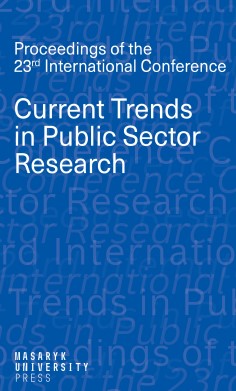Administrative Fragmentation and Productivity of Firms. Case Study: Slovakia
Administrative Fragmentation and Productivity of Firms. Case Study: Slovakia
Author(s): Tomáš Černěnko, Vladimír PECIAR
Subject(s): Business Economy / Management, Accounting - Business Administration
Published by: Masarykova univerzita nakladatelství
Keywords: administrative structure; fragmentation; functional urban regions; productivity;
Summary/Abstract: The administrative structure of Slovakia belongs to the most fragmented in Europe. Several scholars argue that administrative fragmentation leads to weak institutional environment and therefore retards economic development on local level. The aim of our paper is to find out whether the fragmented administration structure in Slovak functional economic regions has an impact on productivity of firms based in these regions. To prove the assumption, we use regression model and try to explain the change of firm productivity across FURs by indicators on the FUR structure. First, we calculate the productivity of firms (TFPR – total factor productivity of revenue) based on data of almost all enterprises in Slovakia. To describe the structure of FUR we use indicators such as administration effectiveness, fragmentation rate, concentration of population in the core and the share of built-up area as a proxy for infrastructure. These are based on data on local government units aggregated to FUR. The results show, that the indicators on the inner structure of FUR (in the manner of settlements) do not significantly affect the productivity of firms located in the region. Indicators, that do are those on politico-administrative structure (effectiveness of local government units and fragmentation rate) and infrastructure (the share of built-up area).
Book: Current Trends in Public Sector Research: Proceedings of the 23rd International Conference
- Page Range: 66-75
- Page Count: 10
- Publication Year: 2019
- Language: English
- Content File-PDF

